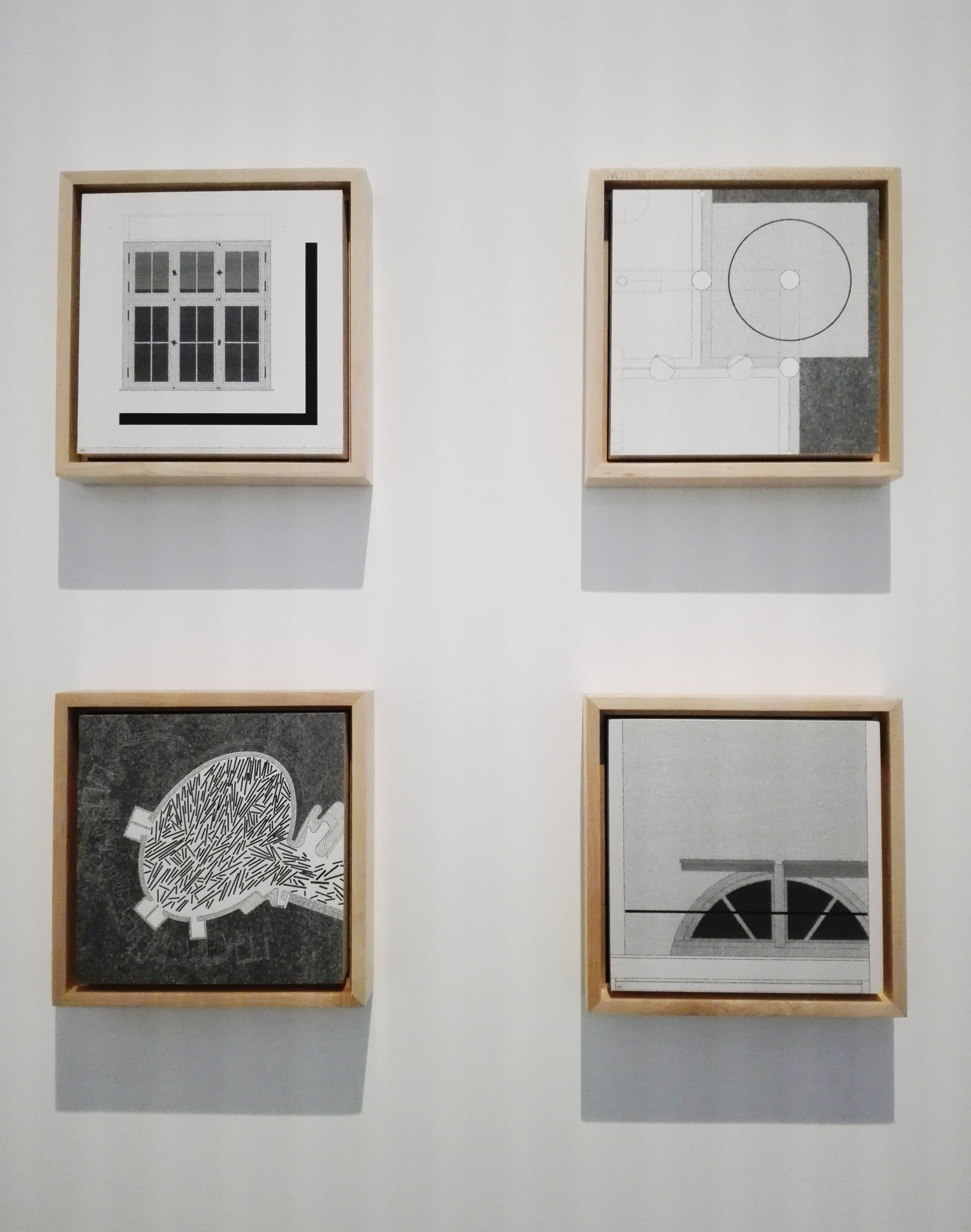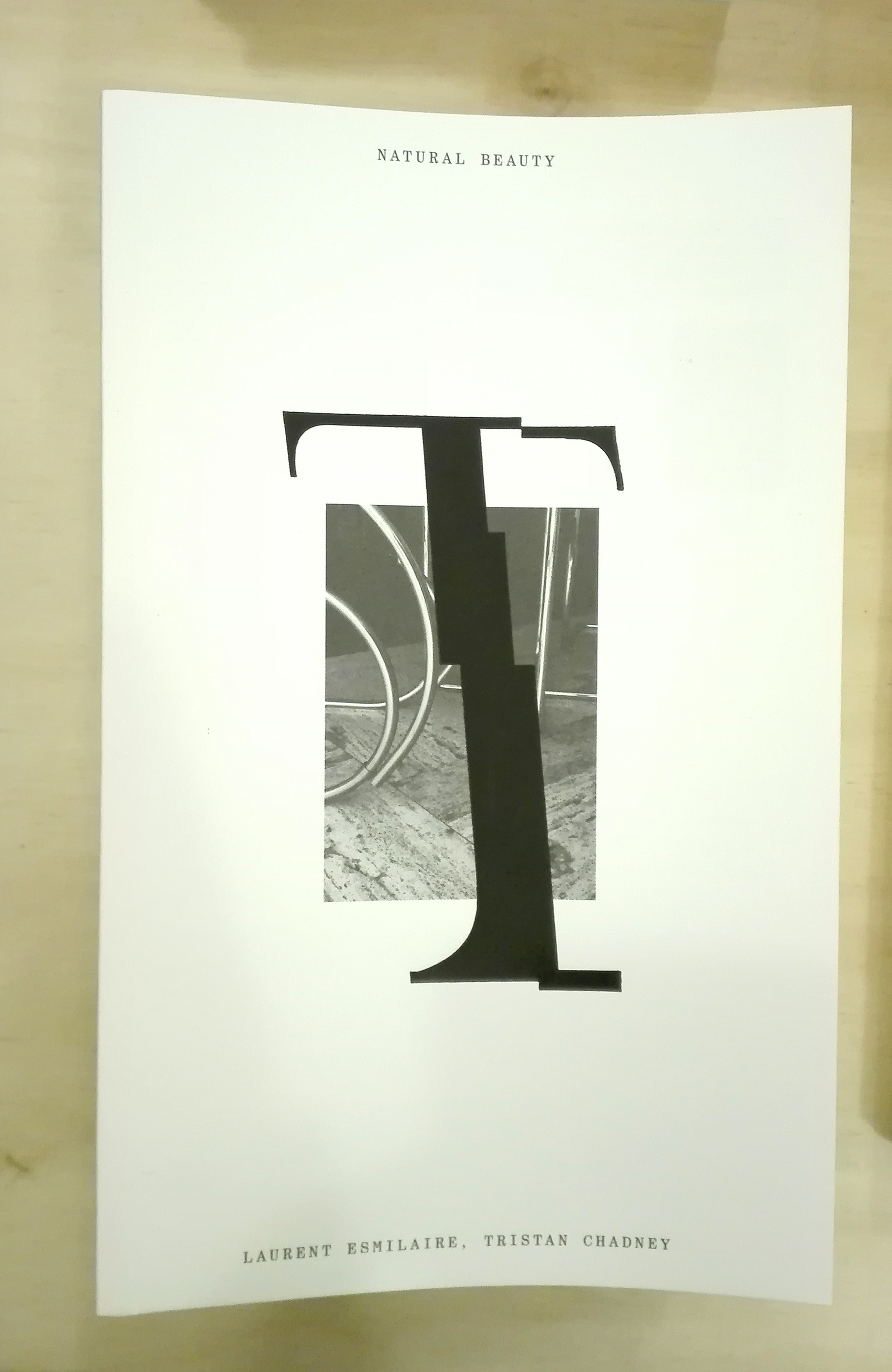- The Poetics of Reason: 5th Lisbon Architecture Triennale 2019 -
On the eve of the announcement of the curators for the next edition of the Lisbon Architecture Triennale, we want to accompany in February the definitive conclusion of The Poetics of Reason, the 5th edition that inaugurated in October of 2019 and was organized around five main exhibitions and tens of parallel events all around the city of Lisbon.

©esterdonninelli
Aim of the Triennial of Architecture was to question the role and rules of architecture as discipline, and also as methodology and system of thought and living. In this sense the five exhibitions belong to the same critical narration and to five different moments of reflection.
Agriculture and Architecture: Taking the Country’s side (Garagem Sul; until 16th of February; curated by Sébastien Marot; closing debate Saturday 8th at 5pm) – It is an investigation on the relation between agriculture and architecture along the time, specially focused on west urban settlements. The exhibition sets as open question on the future of the growing city where various typologies of landscape can be assumed.
The highlights: the timeline in form of drawings that runs along the wall and the ability to keep the complexity of the topic with the popularity that has today.








Economy of Means (MAAT, Central Tejo; 4th October – 13th January; curated by Éric Lapierre) – Walking through maquettes, plants and sections projected on the walls all around , even on the floor and up to the ceiling, the public could understand the key role of the typology in architecture planning along the centuries. It may be a huge building or a very small studio artist’s atelier, but always the share of the knowledge and of the know-how enables to conceive the most precise space in terms of conjunction between functionality, materials and aesthetic result.
The highlights: the reproduction on real scale of Hannes Meyer’s Co-op Zimmer (1926) based on some pictures and few information and the scenic aspect of the set-up.







Inner space (MNAC, National Museum of Contemporary Art; 5th October – 5th January; curated by Mariabruna Fabrizi and Fosco Lucarelli) – The exhibition was the opportunity to know part of the on-going investigation of the curators on how the architectural imagination works. It was set up as an unforeseeable exploration inside the mind of an architect and his studio, where many of references to architecture itself and art history were enriched by other disciplines and activities, such as forensic architecture, videogames and also virtual reality, that produce images starting from the architectural ones.
The highlights: the Cabinet de l’Art reproduced as furniture ad infinitum and the study of architecture as methodology of investigation.









What is Ornament? (Culturgest; 5th October – 8th December; curated by Ambra Fabi and Giovanni Piovene) – Analysing the different ways the ornament has being used in different architectural, artistic and urban contexts, the curators wanted to bring in discussion again the importance of the ornament today, since the topic had been simply not considered for long. The question is not only related to architecture, but also to the nature of ornament as expression of the cultural identity of a community.
The highlights: the video of the installation of “La tenda rossa” by Franco Raggi (1974) and the pattern section.












Natural Beauty (Sinel de Cordes Palace; 6th October – 2nd December; curated by Laurent Esmilaire and Tristan Chadney) – Fascinating presentation of the interdependence between the rational aspects of a construction and its beauty as architectural object. Through photos of architectural details took by the Portuguese Tatiana Macedo and the selected students projects for the international competition Lisbon Triennial Millennium bcp Award, the natural beauty might reveal in the use of colours, in the cover system of a space or the structural net of the entire building. When the perfect balance between internal and external purposes - structure, construction and functionality - is achieved, this is natural beauty.
The highlights: the two chandeliers, one showing selected pictures by Karl Blossfeldt and the another one reproducing the hanging model used by Antoni Gaudí to calculate the gravity forces of vaults, and the quality in translating architectural concepts in forms.







The pocketsize catalogues of the exhibitions are published in limited edition under Polígrafa Editora.




3rd Feb. 2020
